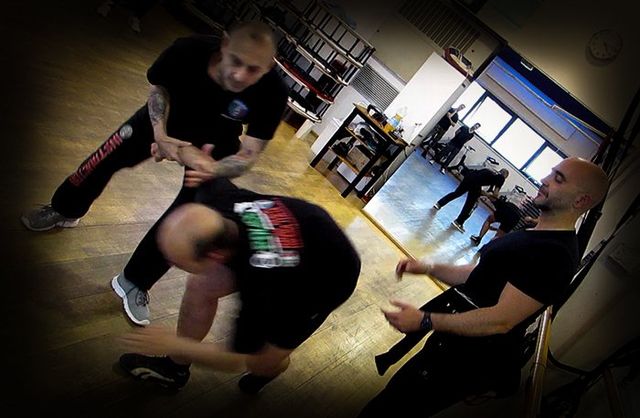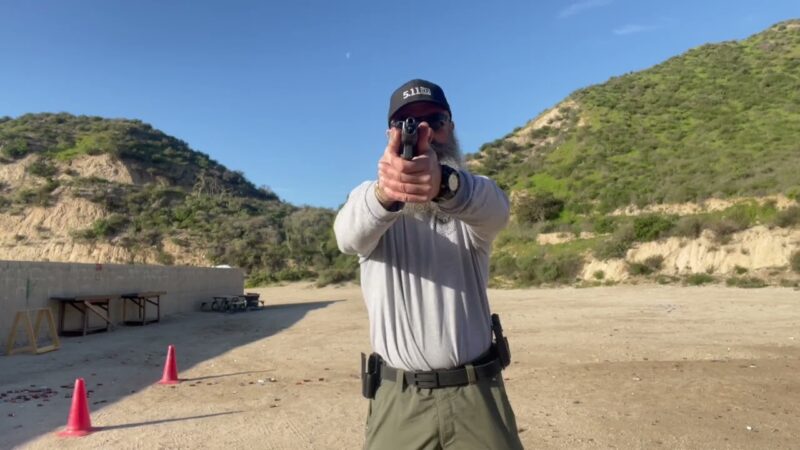In the ever-evolving world of executive protection, the quest for the ultimate training program is both intriguing and complex. As physical threats rise and the stakes become higher, the demand for skilled professionals able to shield high-profile individuals has never been more critical.
Yet, the question lingers: can any single training regimen truly encompass all the diverse skills necessary for comprehensive protection? While some programs offer foundational knowledge—covering everything from threat assessment and defensive tactics to surveillance detection—the reality is far from straightforward. Each executive protection scenario is unique, influenced by the environment, the nature of the threats, and the specific needs of the client.
This article delves into the multifaceted landscape of executive protection training, exploring the characteristics that contribute to a programs effectiveness and the considerations that must be taken into account to tailor training to real-world demands.
The Importance of Executive Protection

In todays fast-paced and often unpredictable world, the importance of executive protection cannot be overstated. High-profile individuals such as corporate executives, public figures, and influential leaders face unique risks that can arise from various sources—ranging from personal vendettas to larger socio-political tensions.
These threats necessitate a proactive approach to safety and security, one that goes beyond mere reactive measures. A tailored executive protection program not only deters potential threats but also instills confidence, allowing executives to focus on their roles without the weight of constant concern.
The delicate balance between maintaining a public persona and ensuring personal safety is crucial; it requires not just physical readiness but also adept strategic planning, defensive driving, and effective communication skills. Ultimately, investing in robust executive protection is an essential safeguard that empowers leaders to navigate their challenging environments with assurance and poise.
Key Components of a Comprehensive Training Program

A comprehensive executive protection training program encompasses a diverse range of key components that are essential for developing well-rounded professionals in the field. Firstly, threat assessment skills form the backbone of any effective training, enabling personnel to identify, evaluate, and mitigate potential risks.
Equally important is the emphasis on situational awareness—an instinctual ability to read environments and anticipate dangers before they arise. Physical defense tactics, while often highlighted, account for just one aspect of the curriculum; participants must also hone their communication skills and learn to navigate interpersonal dynamics with finesse.
Additionally, practical exercises, simulated scenarios, and real-world case studies are critical in creating an engaging, hands-on learning experience that bridges theory with practice. By fostering adaptability and critical thinking, a robust training program not only equips candidates with necessary technical skills but also cultivates the judiciousness required to respond to unpredictable situations.
Future Trends in Executive Protection Training

As we look to the horizon of executive protection training, several transformative trends are emerging, reshaping how professionals prepare for the challenges of safeguarding high-profile clients. Technological advancements, particularly in artificial intelligence and cybersecurity, are ushering in a new era where training programs must include a robust understanding of digital threats and their implications in the physical realm.
Moreover, the emphasis on psychological resilience and mental health is gaining traction, recognizing that the pressures of protective detail can be as taxing on the mind as they are on the body. Scenario-based training, leveraging virtual reality simulations, is also poised to revolutionize experiential learning, allowing trainees to engage in hyper-realistic environments without the associated risks.
Finally, a greater emphasis on diversity and inclusive practices in security teams is slowly redefining the skill sets needed, fostering a culture where varied perspectives enhance situational awareness and strategic thinking. As these trends unfold, they promise to create a more dynamic, responsive, and effective approach to executive protection training.
Conclusion
In conclusion, while there may not be a one-size-fits-all perfect executive protection training program, aspiring professionals can find numerous valuable options tailored to their specific needs. Factors such as the depth of curriculum, experienced instructors, and real-world applications play crucial roles in determining the effectiveness of such training.
Institutions like Pacific West Academy exemplify high standards in executive protection training, offering diverse programs that equip individuals with the skills necessary to excel in this demanding field. Ultimately, the best approach involves a combination of quality training, practical experience, and ongoing education, allowing security professionals to adapt to the ever-evolving landscape of risks and challenges they face.


